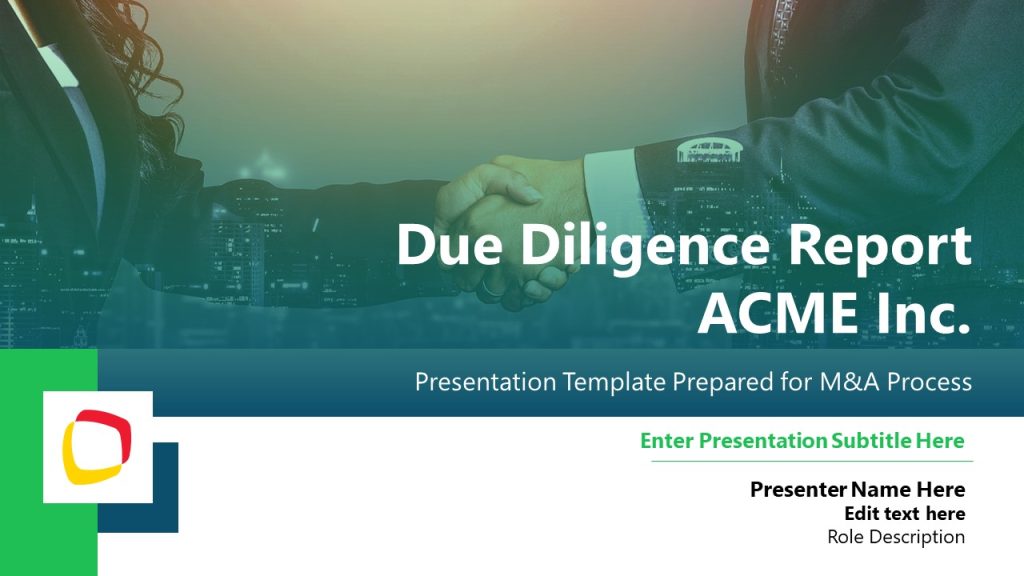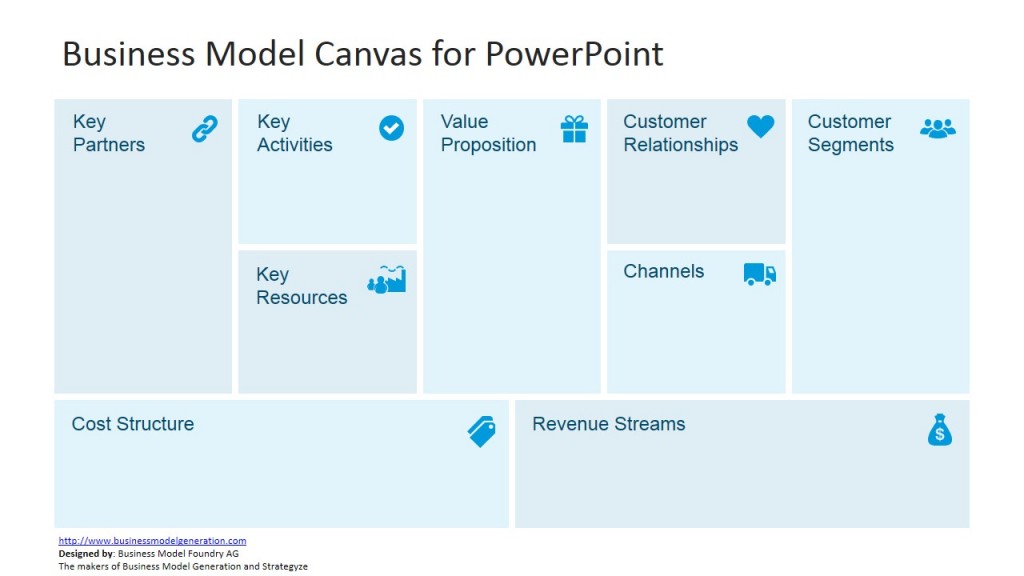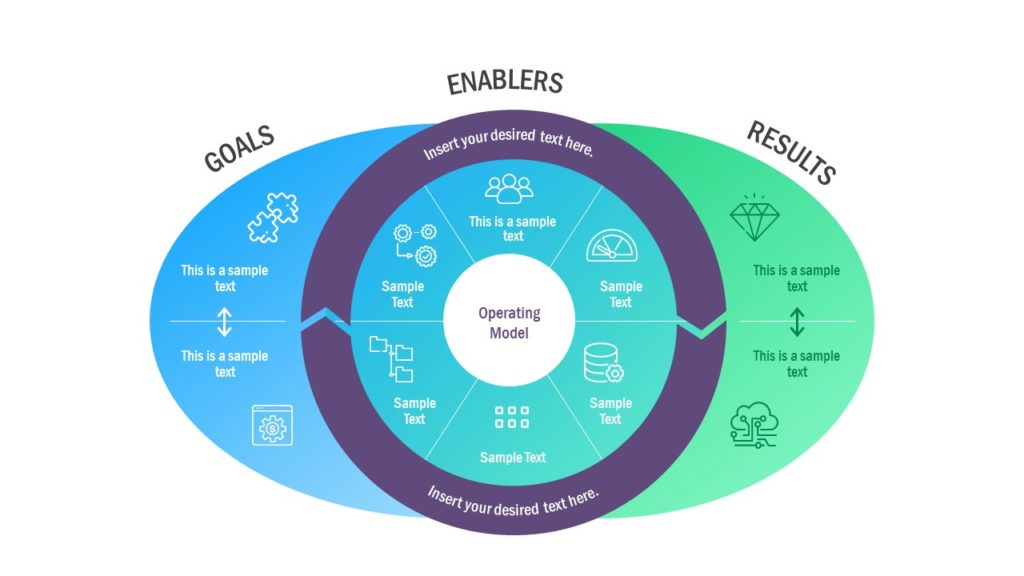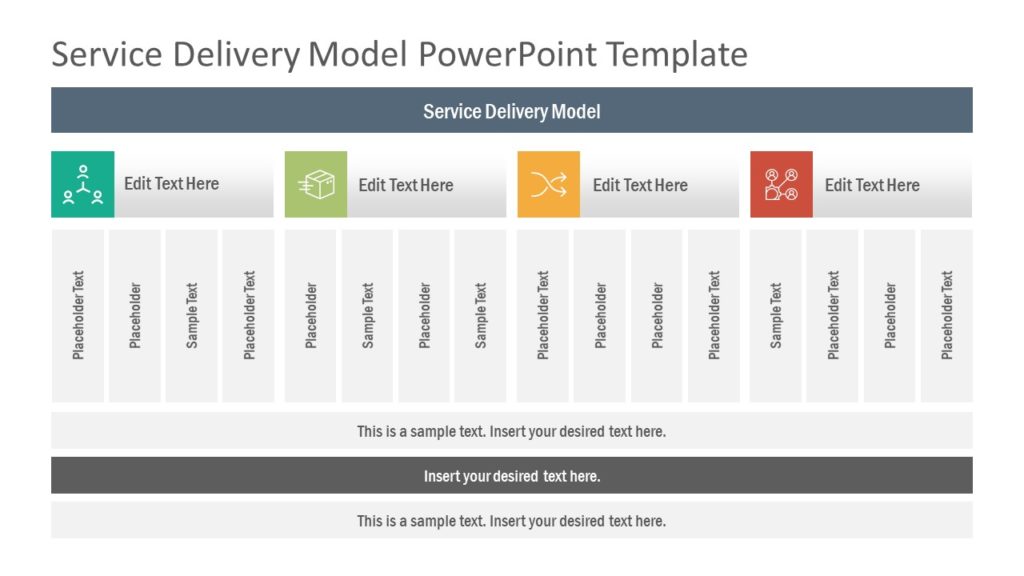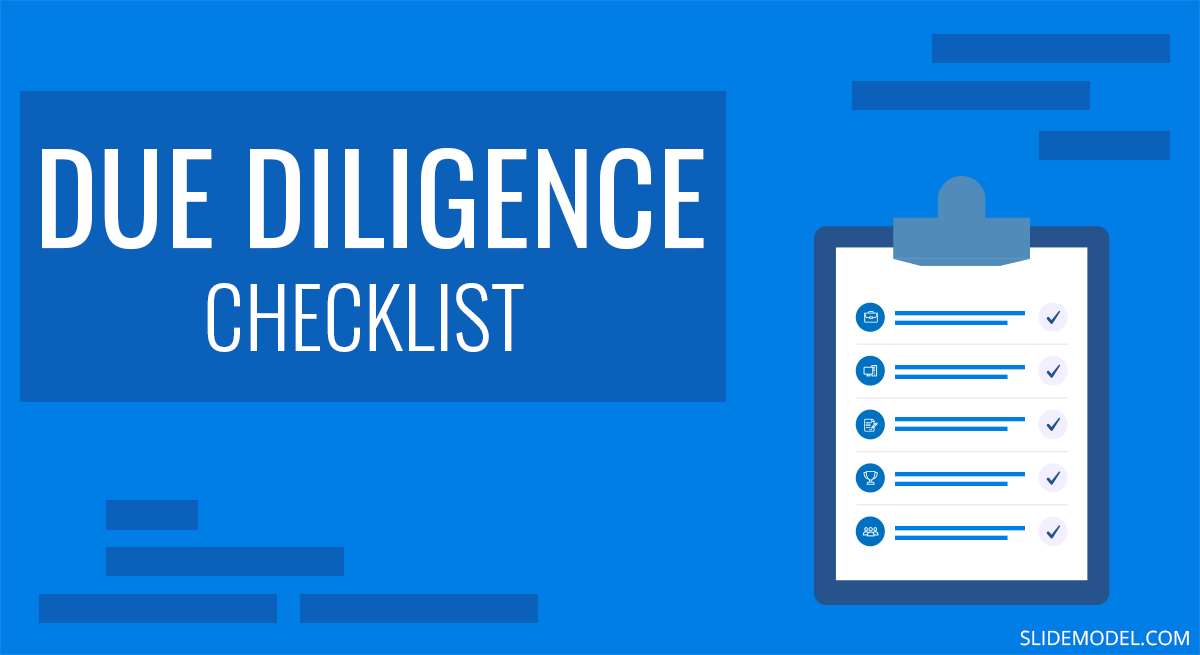
When you buy any product — be it a $50 kitchen appliance or a $50,000 car — you want to make sure that you are getting a good bang for your buck. In other words, you expect the goods to meet the advertised specs, work as intended, and don’t break up within a week of purchase. Consumer transactions are protected by warranties, money-back guarantees, and easy returns.
But when it comes to acquiring more complex assets, especially intangible ones such as a corporate entity or a software startup, you cannot back off from the deal that easily. The key mechanism, designed to protect buyers from bad business transactions, is due diligence — the process we discuss in this post.
What is Due Diligence?
In the most basic sense, due diligence is the act of exercising reasonable steps to ensure that you are entering into a good business deal. Before the money changes hands, you need to verify all the terms and conditions of the transactions to ensure that you have complete knowledge about the asset (tangible or intangible) that you are about to get.
The due diligence process can be informal — done by you, for example, when purchasing an online store. Or formal — done by chartered accountants and legal teams when acquiring real estate or merging with another company.
In finance and corporate law, due diligence stands for:
A reasonable investigation of a proposed investment deal and of the principals offering it before the transaction is finalized to check out an investment’s worthiness; generally performed by the investor’s attorney and accountant.
During the due diligence period, the buyer’s team has the right to request any relevant financial, operational, or business documents, disclosures, and other relevant information they need to analyze and appraise the asset in question. The seller is obliged to comply. Or else the deal won’t happen.
Due diligence is a standard request for finalizing the following types of transactions:
- Merges and Acquisitions (M&A), including small business purchases.
- Real estate acquisition.
- Startup investment rounds.
Buyers and sellers usually conduct due diligence after agreeing to the deal terms before signing a binding contract.
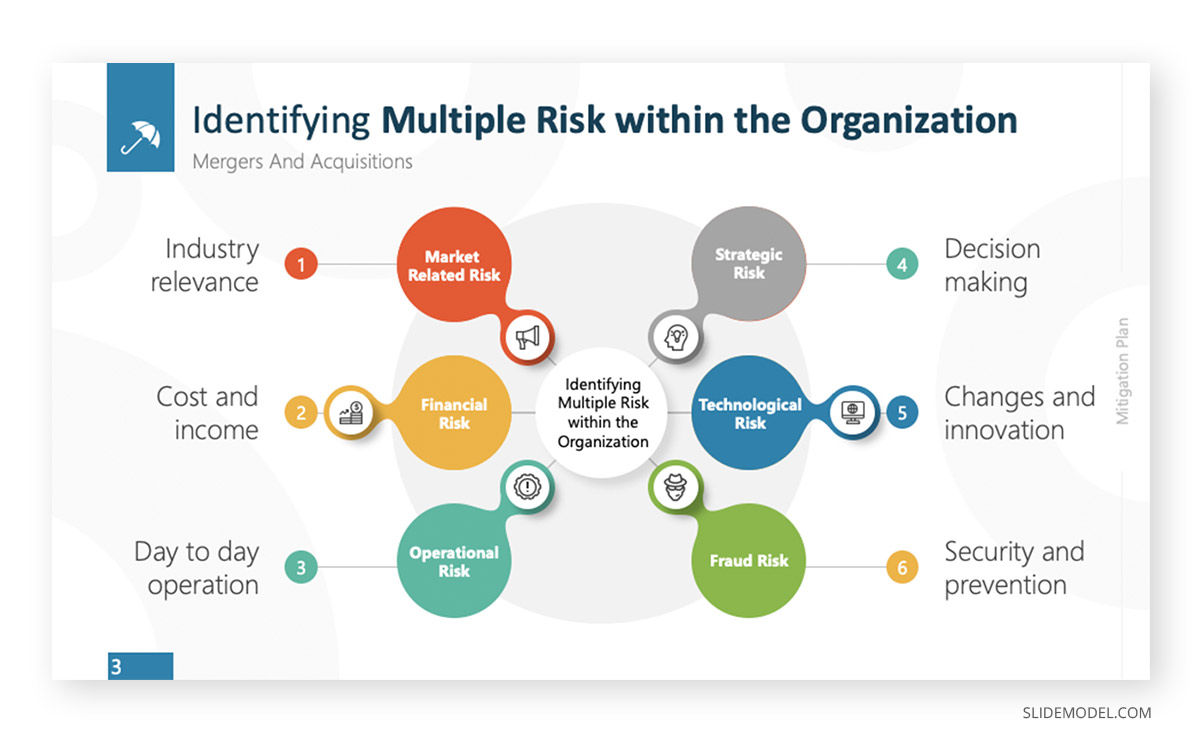
Why Conduct Due Diligence
Doing due diligence provides you with a complete picture of the asset you are about to purchase. A due diligence report sheds more light on the company’s operational practices, cash flow, and financials, plus identifies the risks you may encounter as the new owner.
For example, a UK telecom company was fined £400,000 because the company acquired a hacked customer database earlier that year. Their M&A due diligence team failed to identify this cybersecurity risk, and subsequently, it became a leeway for a malicious party to breach the telecom’s system.
To avoid such scenarios, make sure that you allocate sufficient time and resources for due diligence. In particular, focus on:
- Checking and verifying all the information provided by the seller.
- Obtaining intel required to make an accurate valuation.
- Identifying potential defects and shortcomings of the proposed deal.
- Highlighting other risks (internal and external) that may affect the deal outcomes.
For example, Deloitte notes that over 60% of M&A deals may be affected by shareholder activism — a mechanism that current shareholders can employ to influence the corporate’s behavior. Respectively, you should not just focus on financial and operations due diligence but also analyze the ‘people’ component of the deal and determine how you’ll exercise stakeholder management.
Ultimately, the goal of due diligence is to supply you with the information you need to make more informed decisions and mitigate the inevitable risks, emerging during the deal.

Types of Due Diligence
Due diligence is exercised across different industries and business functions. There are several ways to categorize areas of due diligence.
The most basic due classification is “soft” vs “hard” due diligence:
- “Hard” due diligence focuses on the numbers. In particular, learning about the company’s assets, liabilities, operating costs, tax, and org structures, among other things.
- “Soft” due diligence focuses on the people factor — the company’s human capital and customer base. In particular, the buyer analyzes the company’s management, culture, and HR practices.
Soft due diligence is a counter-check to verifying that the numbers tell the correct story. For example, a business, profitable on paper, can soon struggle to scale its market cap because of a rigid operational structure, toxic culture, and lack of a growth mindset among employees.
As mentioned above, over a half of M&A deals can easily get sidetracked when the human factor is ignored.
Further, due diligence types can be classified by function.
- Financial due diligence — provides a deep understanding of the company’s financials. The buyer’s team has the right to analyze the other party’s financial statements for up to 3 years (including the unaudited ones), P&L statements, cash flow projections, capital expenditure plans, documents denoting the obligations of debtors and creditors.
- Operational due diligence — evaluates the entire business model of a target company, and also determines whether or not its business plans are realistically achievable or not. ODD helps examine the core operational functions, structure, workflows, and business functions to determine if there are any risks involved.
- Technical due diligence — appraises the company’s tech portfolio, infrastructure, and digital processes. Essential for estimating IT budgets and IT changes that will be required for integrating the target company’s tech portfolio into the existing ecosystem.
- Tax due diligence — analyzes and verifies all current tax liabilities, double-checks proper tax calculations to minimize risks, associated with under-reporting of taxes. Ensures that the company has a suitable tax structure and no pending case with the tax authorities.
- Administrative due diligence — assesses all admin-related aspects of the company operations such as facilities, corporate inventory, occupancy rates, etc. The purpose of administrative DD is to estimate the operational business costs, plus ensure that all of them are properly recorded in the company’s financials.
- Intellectual Property (IP) due diligence — examines a company’s IP assets such as trademarks, patents, licenses, and other intangible assets that contribute to brand equity.
- Legal due diligence — reviews all corporate legal documents including articles of association, material contracts and operating agreements, licensing or franchise agreements, as well as financial agreements related to lending/financing.
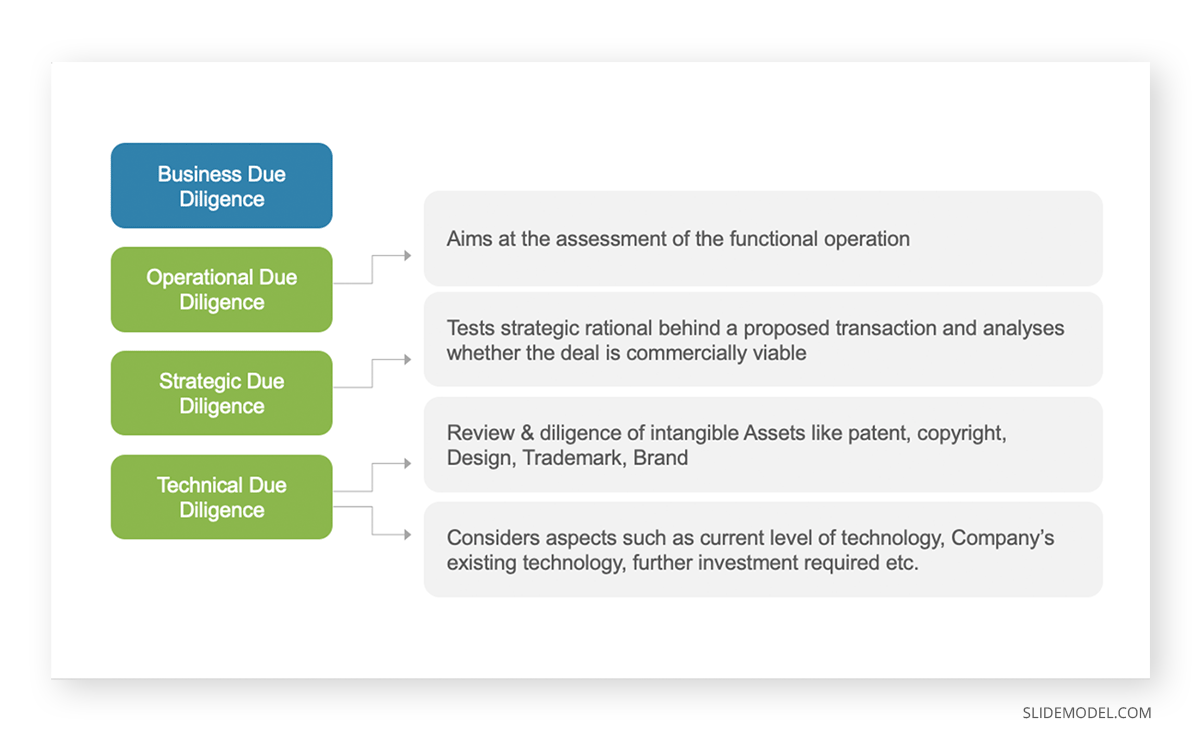
How to Conduct Due Diligence — Your Due Diligence Checklist
Every deal is different. Respectively, the exact approach to due diligence will depend on the deal you are closing. Also, due diligence is typically performed by a team of legal and accounting professionals, and more rarely — individual business owners. So by no means, this post should be treated as legal or financial advice.
However, as an acquirer, you should have a general understanding of the due diligence process’s core steps. The checklist below provides you with this data.
1. Collect the Necessary Documents
Due diligence is all about data collection. This period gives you carte blanche for requesting any reasonable information you need from the seller. But, at the same time, it’s easy to get carried away with your requests and assemble a mountain of documents.
Remember, your letter of intent (LOI) has a clause about due diligence timing. The last thing you’d want is to try to chase that deadline. So keep your document requests scoped to the following:
- All transaction-related documents
- Active contracts and agreements with customers/business partners
- Legal corporate documents
- Financial disclosures
- Property and equipment overview
- Customer base and sales reports
- Environmental reports and regulatory documents (if applicable)
- Compliance requirements and supporting documents
- Legal documents on any active cases/litigation proceedings
- Tax documents
- IT technology portfolio summary and investment plans
- Intellectual property documents
2. Schedule an In-Depth Financial Analysis Session
Financials are the most “telling” part of business operations. So you’d want to dwell on these the longest. Ask the target company to provide you with the following information:
- Balance sheet and income statements
- Account payables due this year
- Future financial forecasts
- Revenue and growth trends over the past 3 years
- Debt-related documents
- All tax documentation
- Current valuation
- Stock history and options (if applicable)
Your goal is to obtain sufficient data to calculate the following:
- Earnings before tax (interests)
- Depreciation and amortization (EBITDA)
- Cash flow and cash flow projections
- Aging receivables and payables
- Capital expenditures
- Working capital
3. Perform Business Model Analysis and review Plans
An in-depth look at the company’s current business model and short-term plans can help you gauge the current company’s posture, future growth prospects, and competitiveness. Additionally, such analysis will help determine how well the target company model will integrate with your firm.
4. Check the Legal Aspects of the Deal
Call in your legal team to help you evaluate the overall deal terms, plus investigate any hidden legal risks of moving forward with the deal. Specifically, try to get detailed answers to the following questions:
- Are there any open legal cases against the target company?
- If yes, what’s the nature and threat of pending litigation?
- Are there any current claims against the company? Were there any in the past?
- Did the company settle any litigation? If yes, what were the terms?
- Are there any active regulatory or governmental proceedings? What risks do they pose?
5. Create a Risks Management Plan
Use the due diligence report provided to you to bring to attention the main risks, associated with the deal. Take extra time to analyze them with your team and formalize your findings in a risk mitigation plan — an actionable document explaining your strategies to prevent and eliminate the identified risks from impacting your operations post M&A.
6. Final Offering Formation
Use all the obtained information and insights to form the final offer — the exact dollar value you are willing to suggest during the negotiation stage. Use your risk findings as a lever to drive down the price, should the need arise.

Conclusions
Due diligence is a time- and resource-intensive process, often involving engagement with internal auditors. However, don’t think of due diligence as an expense — treat it as an investment. A comprehensive appraisal of the target company can save you from entering a bad transaction!
